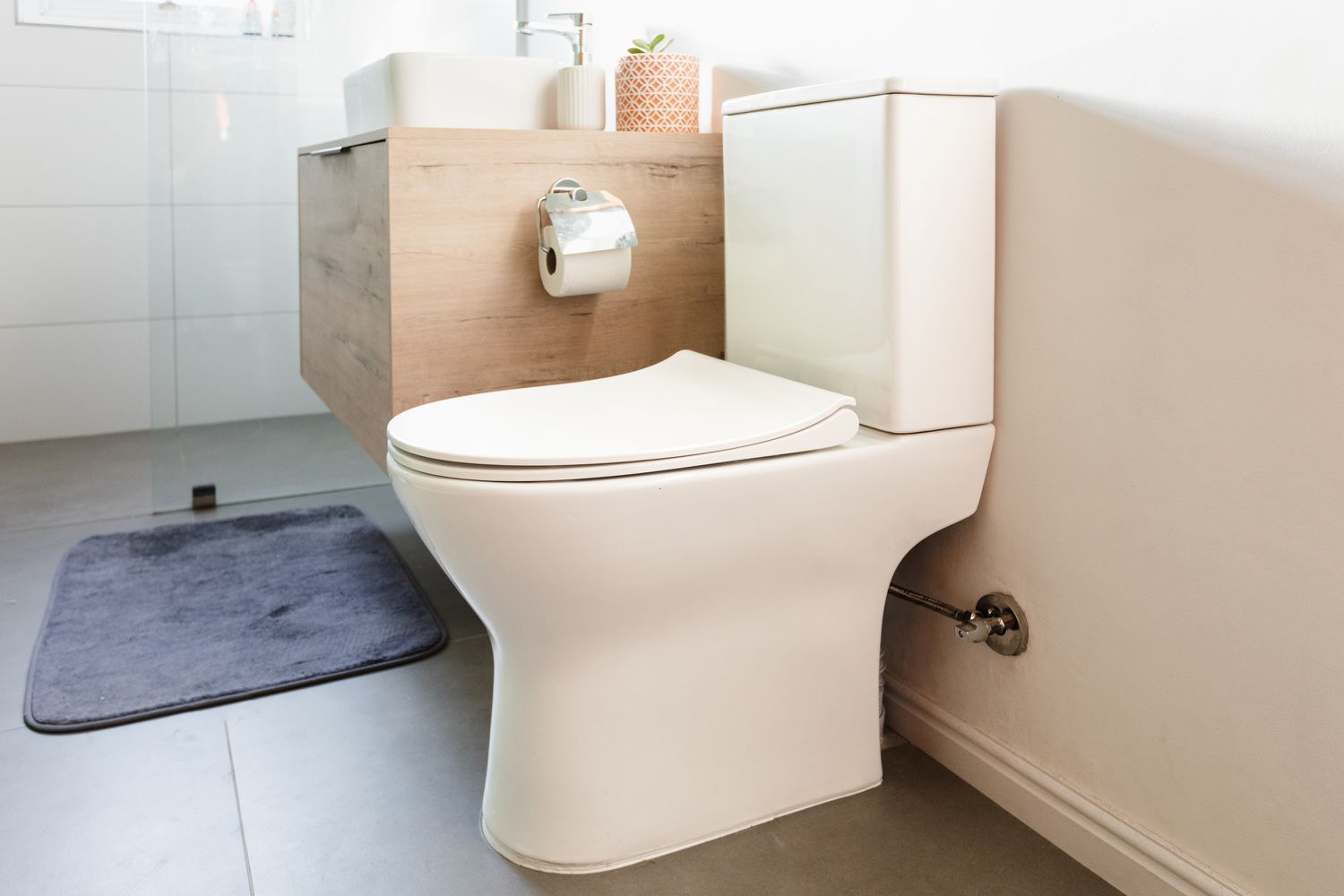

Articles
How To Measure For New Toilet
Modified: February 20, 2024
Learn how to measure for a new toilet with our helpful articles. Ensure a perfect fit and easy installation.
(Many of the links in this article redirect to a specific reviewed product. Your purchase of these products through affiliate links helps to generate commission for Storables.com, at no extra cost. Learn more)
Introduction
Choosing a new toilet might not seem like the most exciting task, but it’s an essential part of maintaining a functional and comfortable bathroom. However, before you rush into buying a new toilet, it’s crucial to measure your bathroom space accurately. Proper measurements will ensure that you choose a toilet that fits perfectly and meets your needs.
In this article, we’ll walk you through the step-by-step process of measuring for a new toilet. By following these guidelines, you’ll be equipped with the knowledge to find the right toilet size and dimensions for your bathroom.
Let’s get started!
Key Takeaways:
- Ensure a perfect fit: Measure the rough-in, toilet space, water supply line, distance to walls, and toilet height for a well-fitted toilet that enhances your bathroom’s functionality and aesthetics.
- Make an informed decision: Consider toilet dimensions, features, budget, and customer reviews to choose the right toilet that meets your needs and fits perfectly in your bathroom.
Read more: How To Measure A Toilet Seat
Step 1: Gather the necessary tools
Before you begin measuring for a new toilet, it’s essential to gather the necessary tools to ensure accurate measurements. Here are some tools you’ll need:
- Tape measure: This will be your most crucial tool for taking accurate measurements.
- Pencil and paper: These will help you jot down the measurements as you go.
- Level: A level will help you ensure that the floor and walls are straight, which is crucial for proper toilet installation.
- Flashlight: If your bathroom is poorly lit, a flashlight will help you see in tight spaces.
- Plumbing tools: You may need these if you plan to disconnect and reconnect the water supply line during the toilet installation process.
Once you have gathered all the necessary tools, you’re ready to move on to the next step.
Step 2: Measure the rough-in
The rough-in measurement refers to the distance between the wall and the center of the toilet flange, which is where the toilet connects to the waste pipe. This measurement is crucial because it determines the size of toilet you can install.
To measure the rough-in, follow these steps:
- Locate the center of the toilet flange, which is a round or square opening on the floor near the wall.
- Place the end of your tape measure against the wall, aligning it with the center of the flange.
- Extend the tape measure to the center of the flange and note the measurement. The standard rough-in size is 12 inches, but it can also be 10 inches or 14 inches in some cases.
- Double-check your measurement to ensure accuracy.
Once you have the rough-in measurement, you can proceed to the next step, which is measuring the space for the toilet.
Step 3: Measure the toilet space
Measuring the available space in your bathroom is crucial to ensure that the new toilet fits properly and allows you to move around comfortably. Here’s how to measure the toilet space:
- Start by measuring the width of the area where the toilet will be installed. Place the tape measure against one wall and extend it to the opposite wall, noting the measurement.
- Next, measure the depth of the space. Place the tape measure against the back wall and extend it to the front, making sure to account for any obstacles such as cabinets or countertops. Note the measurement.
- Measure the height of the area from the floor to the ceiling. This is important to ensure that there is enough clearance for the toilet and any additional features such as a tank or bidet.
By accurately measuring the toilet space, you will have a better understanding of the size and style of toilet that will fit comfortably in your bathroom.
Now that you have the measurements for the toilet space, it’s time to move on to measuring the water supply line.
Step 4: Measure the water supply line
Measuring the water supply line is an essential step in ensuring that the new toilet is compatible with your existing plumbing. Here’s how to measure the water supply line:
- Locate the water shut-off valve, which is typically located near the toilet or in the basement.
- Turn off the water supply by rotating the valve clockwise.
- Inspect the water supply line that connects the shut-off valve to the toilet tank. Note the type of connection. It can be a flexible hose or a rigid pipe.
- Measure the length of the water supply line by placing the tape measure at the connection point on the shut-off valve and extending it to the connection point on the toilet tank.
- Double-check your measurement to ensure accuracy.
Knowing the length and type of your water supply line will help you choose a toilet that can easily connect to your existing plumbing system without any modifications.
Now that you have measured the water supply line, it’s time to move on to measuring the distance to the walls.
When measuring for a new toilet, be sure to measure the rough-in distance, which is the distance from the wall to the center of the toilet flange. This will ensure the new toilet fits properly in your bathroom.
Read more: How To Put A New Toilet Seat On
Step 5: Measure the distance to the walls
Measuring the distance between the toilet and the surrounding walls is crucial to ensure that there is enough space for comfortable use and installation. Here’s how to measure the distance to the walls:
- Stand in front of the existing toilet and measure the distance from the center of the toilet bowl to the adjacent walls on both sides. Note the measurements.
- Measure the distance from the center of the toilet bowl to the back wall. This measurement is important to ensure that there is enough clearance for the toilet tank and any potential obstructions.
- Measure the distance from the center of the toilet bowl to the front or the edge of the vanity or other fixtures. This measurement will help ensure that the toilet lid can be fully opened without any obstruction.
By measuring the distance to the walls, you can ensure that the new toilet will fit comfortably and provide adequate clearance for easy use and installation.
Now that you have measured the distance to the walls, it’s time to move on to measuring the toilet height.
Step 6: Measure the toilet height
Measuring the toilet height is important to ensure that it is at a comfortable level for you and your family members. Here’s how to measure the toilet height:
- Sit on the existing toilet and measure the distance from the floor to the top of the seat. This is the height of the toilet.
- If you prefer a higher or lower toilet height, adjust your measurement accordingly by adding or subtracting the desired height difference.
- Consider any specific needs or preferences, such as a higher toilet for individuals with mobility issues or a lower toilet for children.
- Note the measurement and take it into consideration when selecting a new toilet.
Measuring the toilet height ensures that you choose a toilet that provides optimal comfort and accessibility for everyone using the bathroom.
Now that you have measured the toilet height, you are ready to evaluate the measurements and choose the right toilet.
Step 7: Evaluate the measurements and choose the right toilet
Now that you have gathered all the necessary measurements, it’s time to evaluate them and choose the right toilet for your bathroom. Here’s how to make an informed decision:
- Compare your rough-in measurement with the toilet rough-in requirement. Most toilets have a standard rough-in size of 12 inches, but some may require a 10-inch or 14-inch rough-in. Ensure that the toilet you choose matches your rough-in measurement.
- Consider the overall dimensions of the toilet. Ensure that it will fit comfortably within the measured space, leaving enough clearance for movement and easy access.
- Take into account the height of the toilet. If you measured a specific desired height, look for a toilet that matches or can be adjusted to that height.
- Consider any special features or preferences you have. For example, you may prefer a dual-flush toilet for water conservation, or a one-piece toilet for easier cleaning.
- Research and read customer reviews regarding the performance, quality, and durability of different toilet models. This will help you make an informed decision based on the experiences of others.
- Keep your budget in mind. Look for a toilet that fits within your price range while still meeting your requirements.
By carefully evaluating the measurements and considering these factors, you will be able to choose the right toilet that fits perfectly in your bathroom and meets your needs.
Finalize your decision, make the purchase, and enjoy your new toilet!
Conclusion
Measuring for a new toilet may not be the most exciting task, but it is a crucial step to ensure that you choose the right toilet for your bathroom. By following the step-by-step process outlined in this article, you can confidently measure your bathroom space and select a toilet that fits perfectly and meets your needs.
Remember to gather the necessary tools before you begin and take accurate measurements of the rough-in, toilet space, water supply line, distance to the walls, and toilet height. By evaluating these measurements and considering factors such as toilet dimensions, features, and budget, you can make an informed decision and choose the right toilet for your bathroom.
Properly measuring for a new toilet will save you time, money, and potential headaches in the future. A well-fitted toilet enhances the functionality and aesthetics of your bathroom, creating a comfortable and pleasant experience for you and your family members.
Don’t rush the process – take the time to measure carefully and consult with professionals if needed. With the right information and measurements in hand, you will be well-prepared to find the perfect toilet for your bathroom.
So, grab your tape measure and tools, follow the steps outlined in this article, and soon you’ll be enjoying a brand-new toilet that fits like a glove in your bathroom!
Frequently Asked Questions about How To Measure For New Toilet
Was this page helpful?
At Storables.com, we guarantee accurate and reliable information. Our content, validated by Expert Board Contributors, is crafted following stringent Editorial Policies. We're committed to providing you with well-researched, expert-backed insights for all your informational needs.
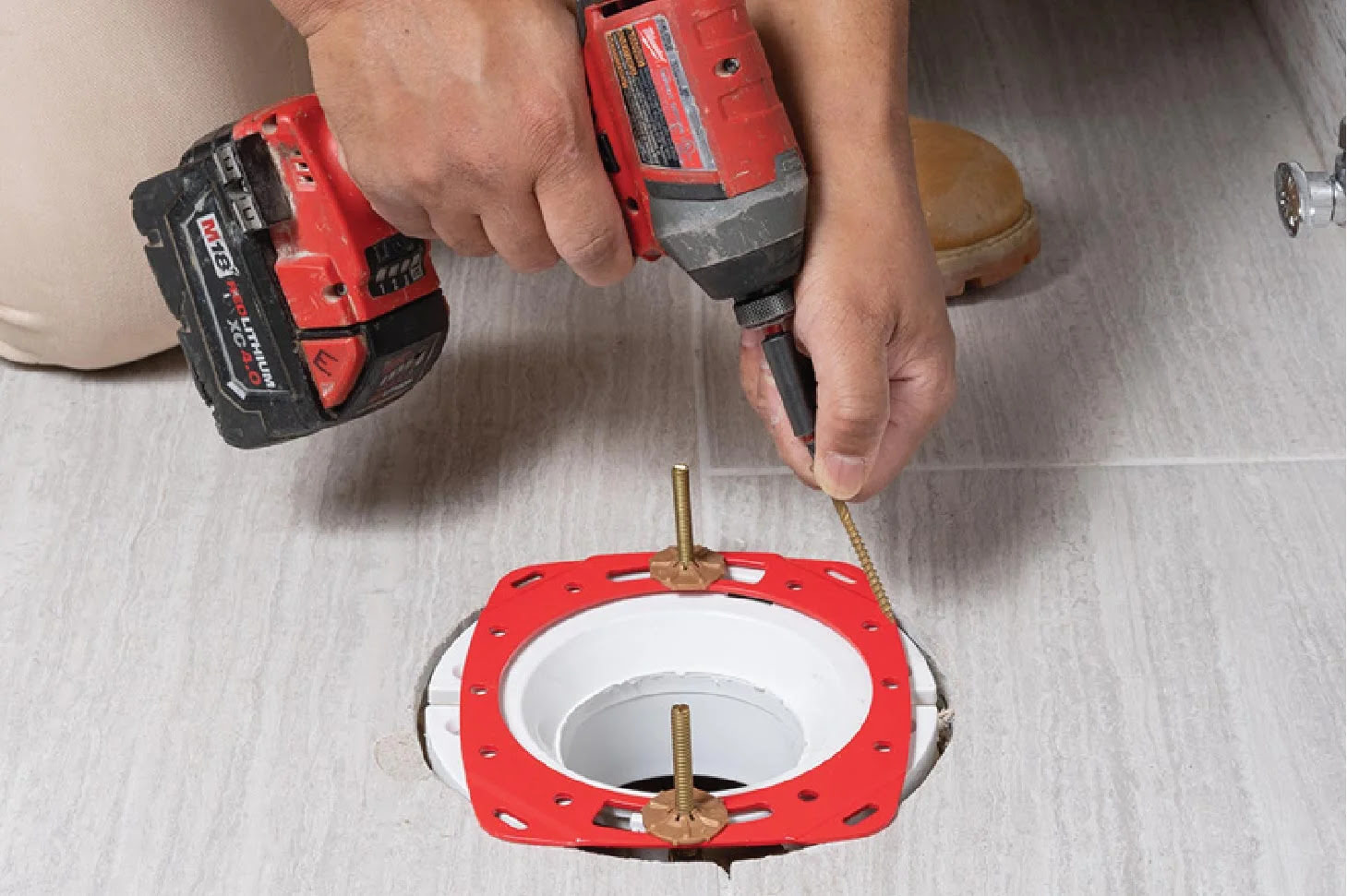
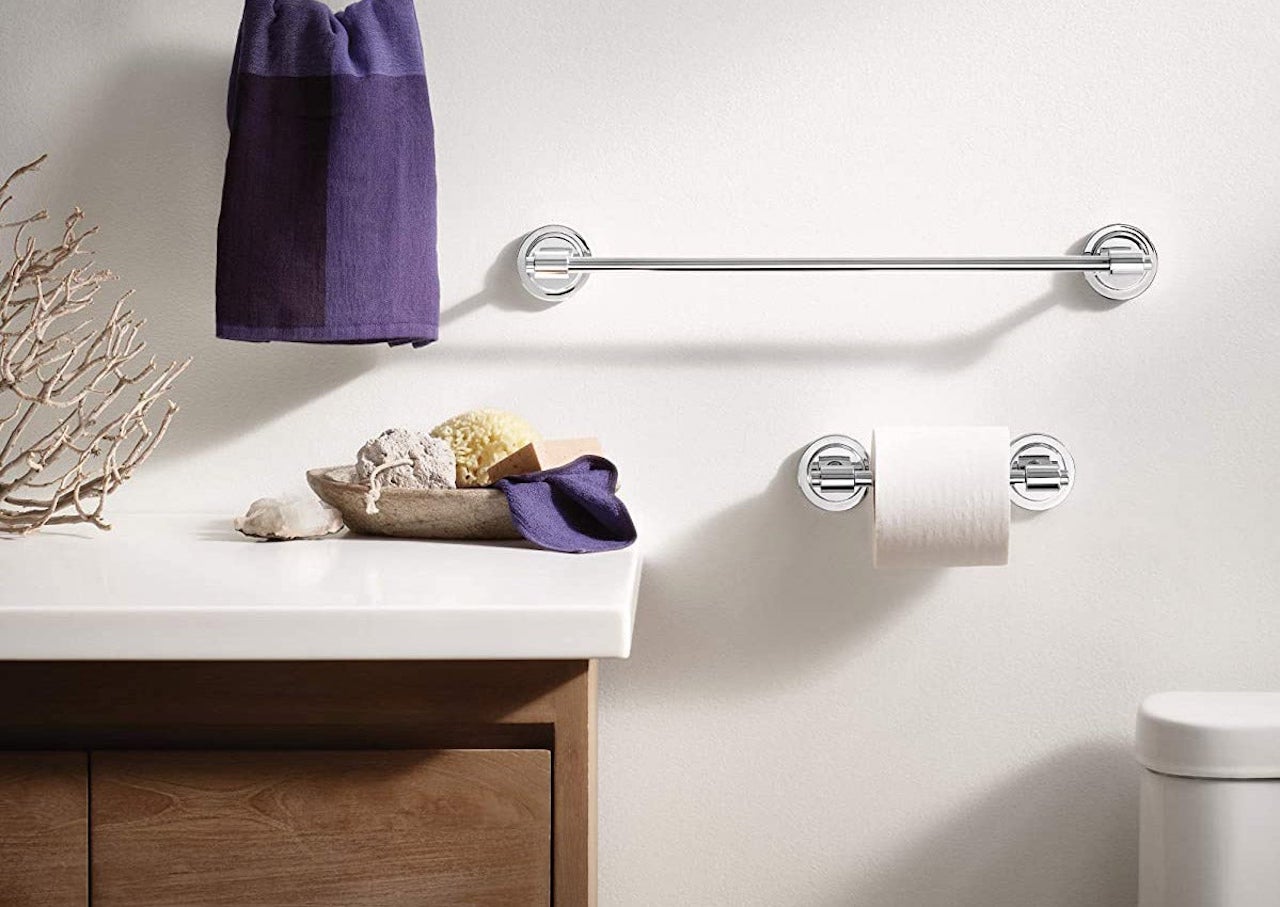

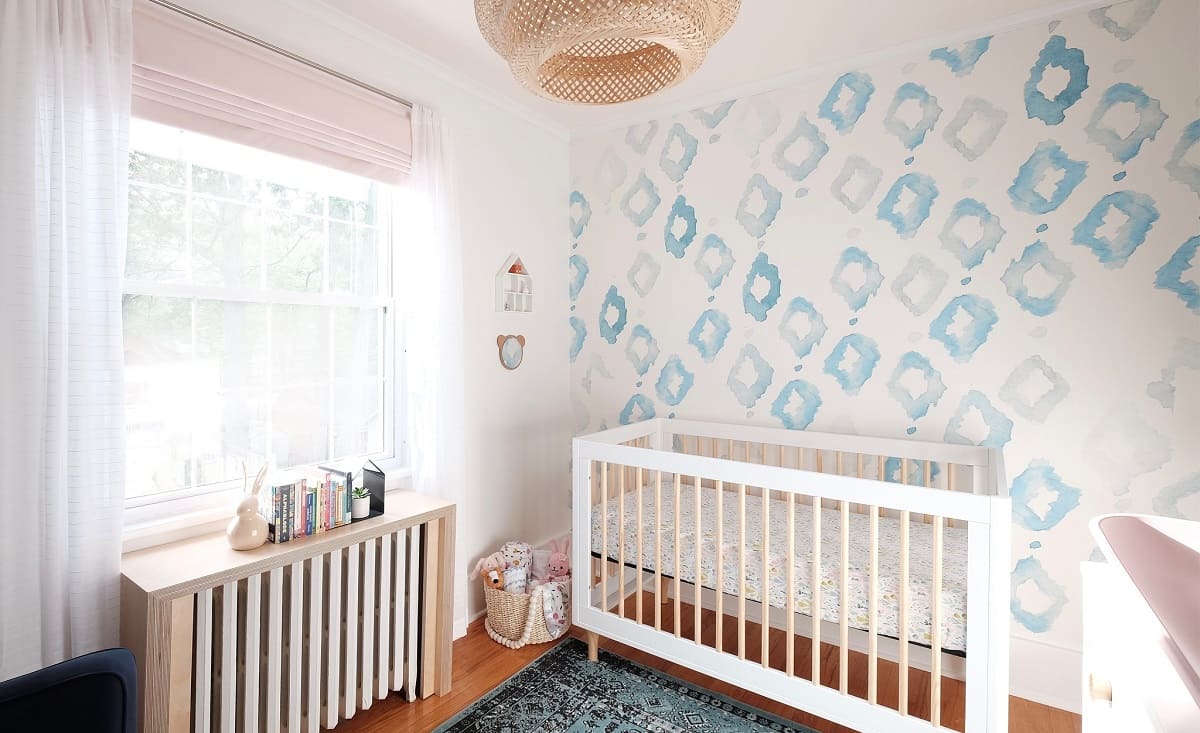
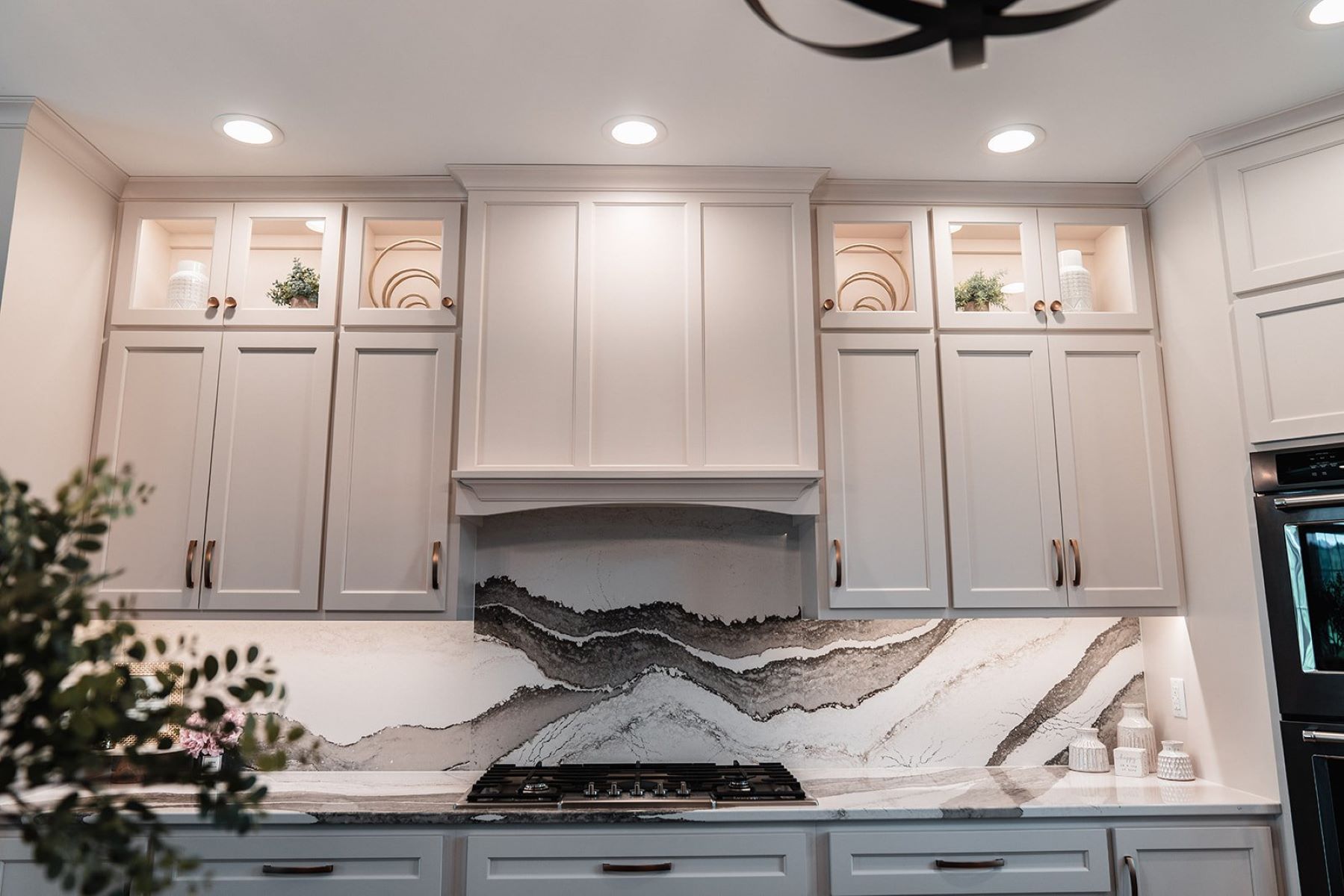

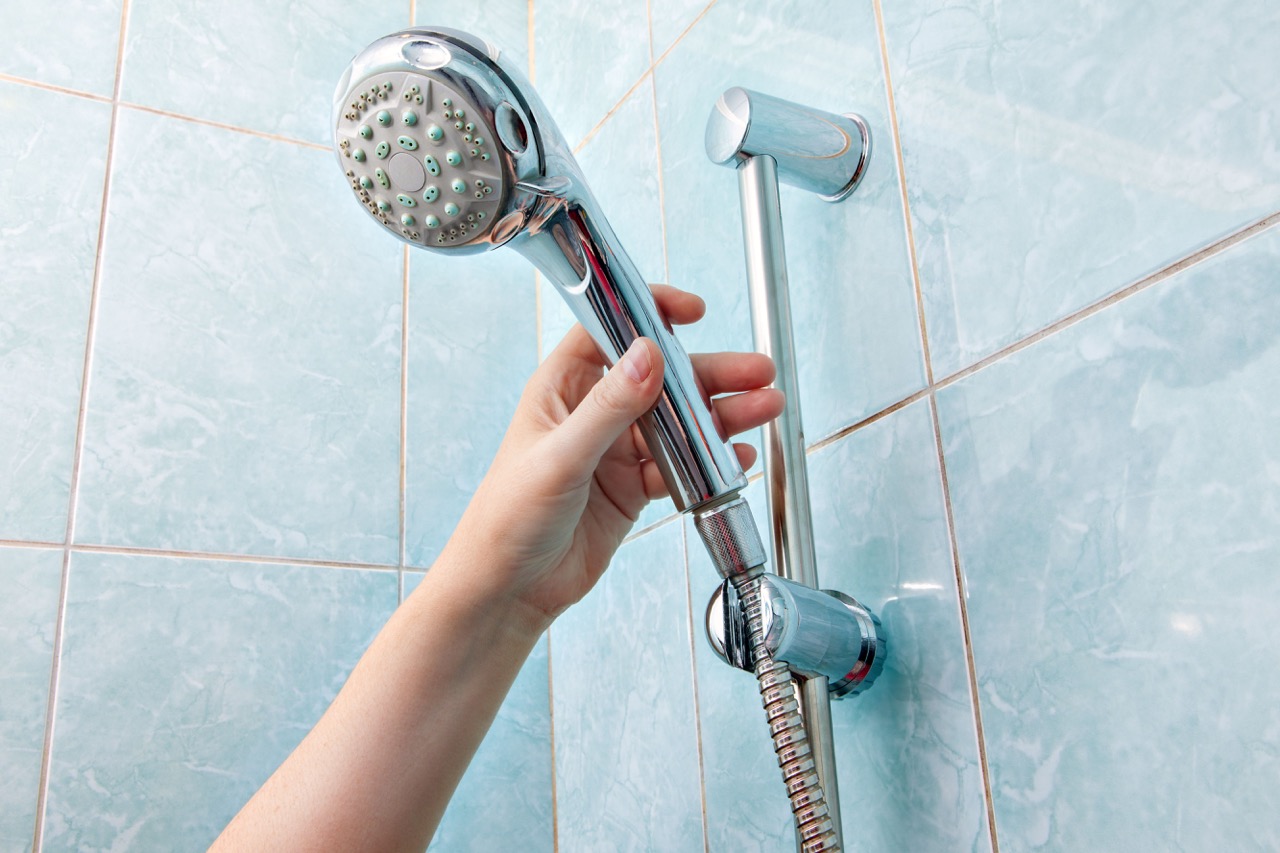

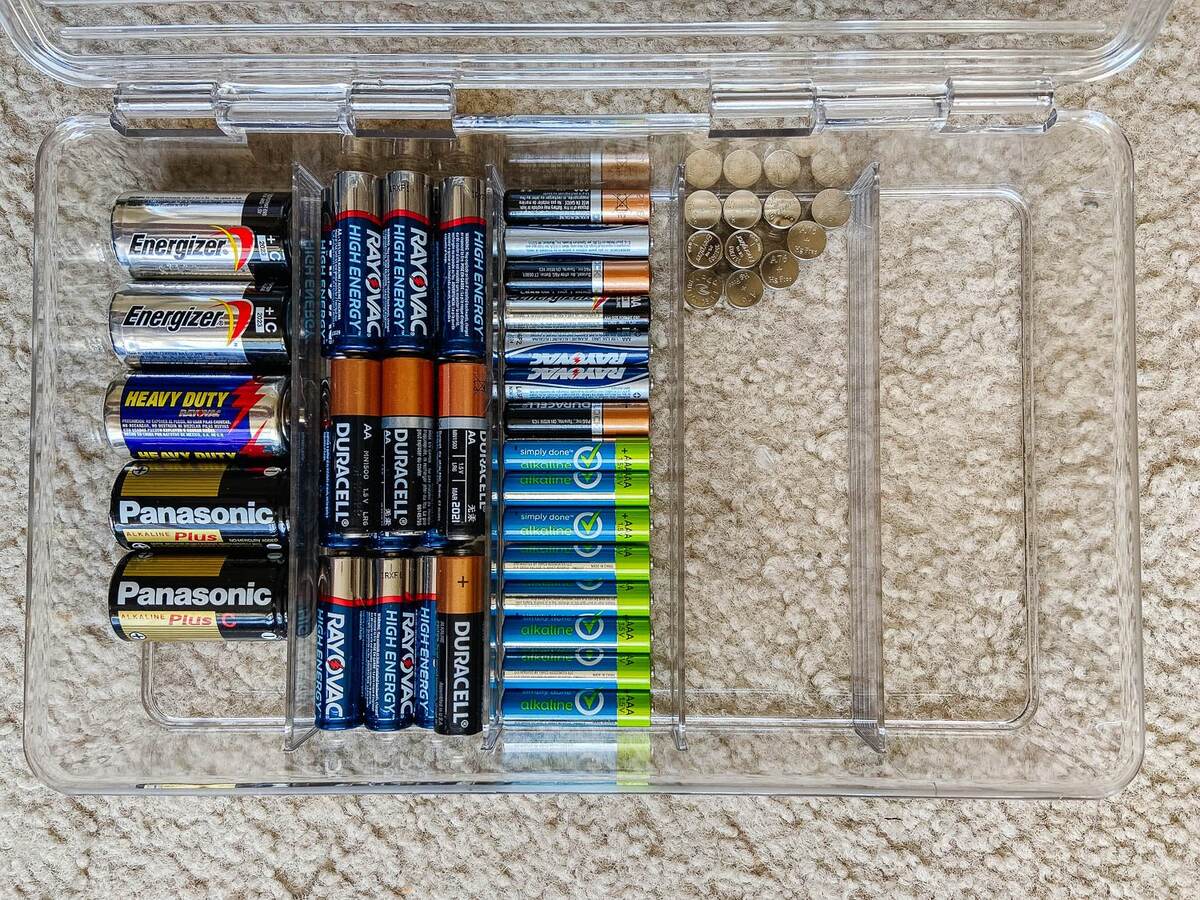

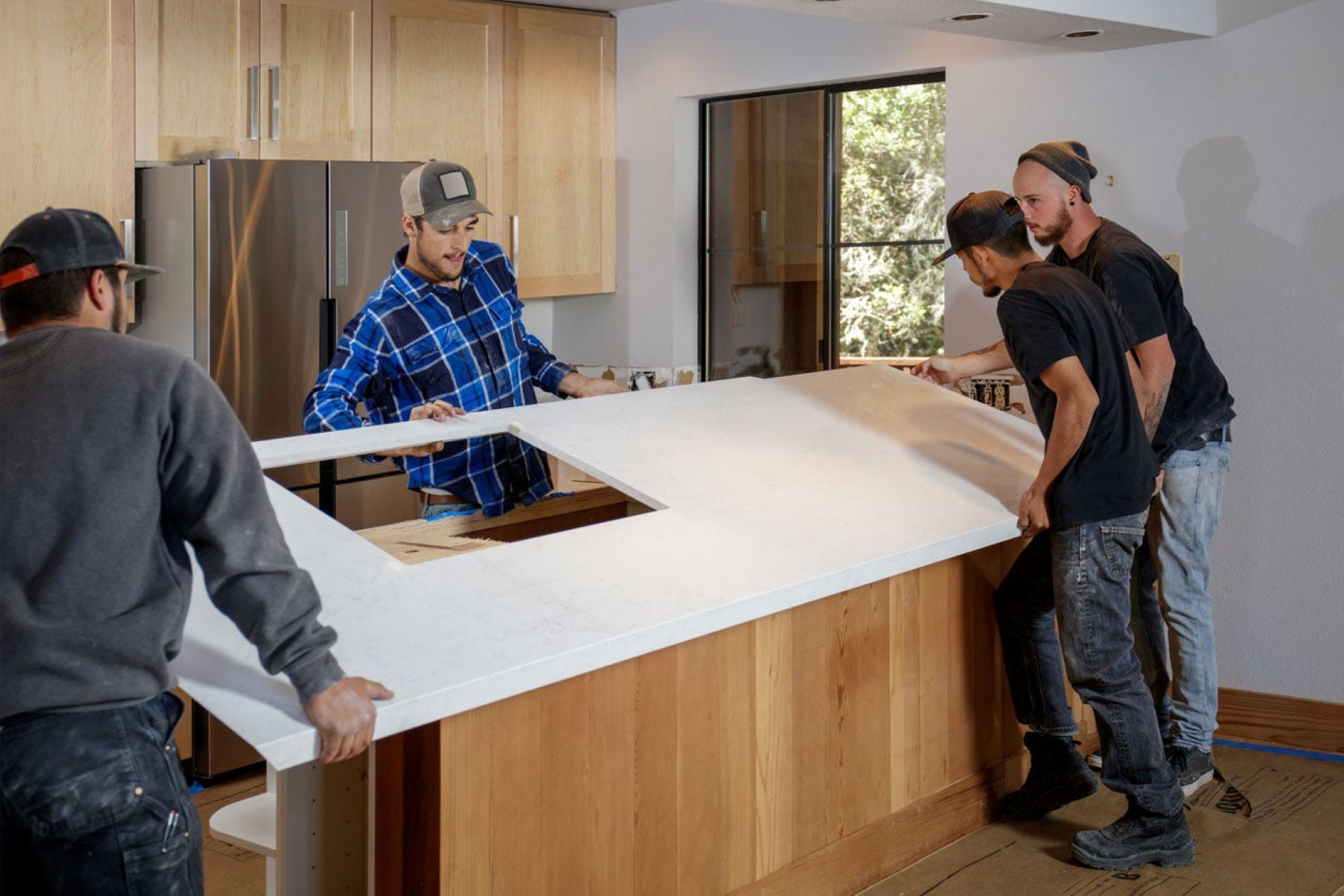

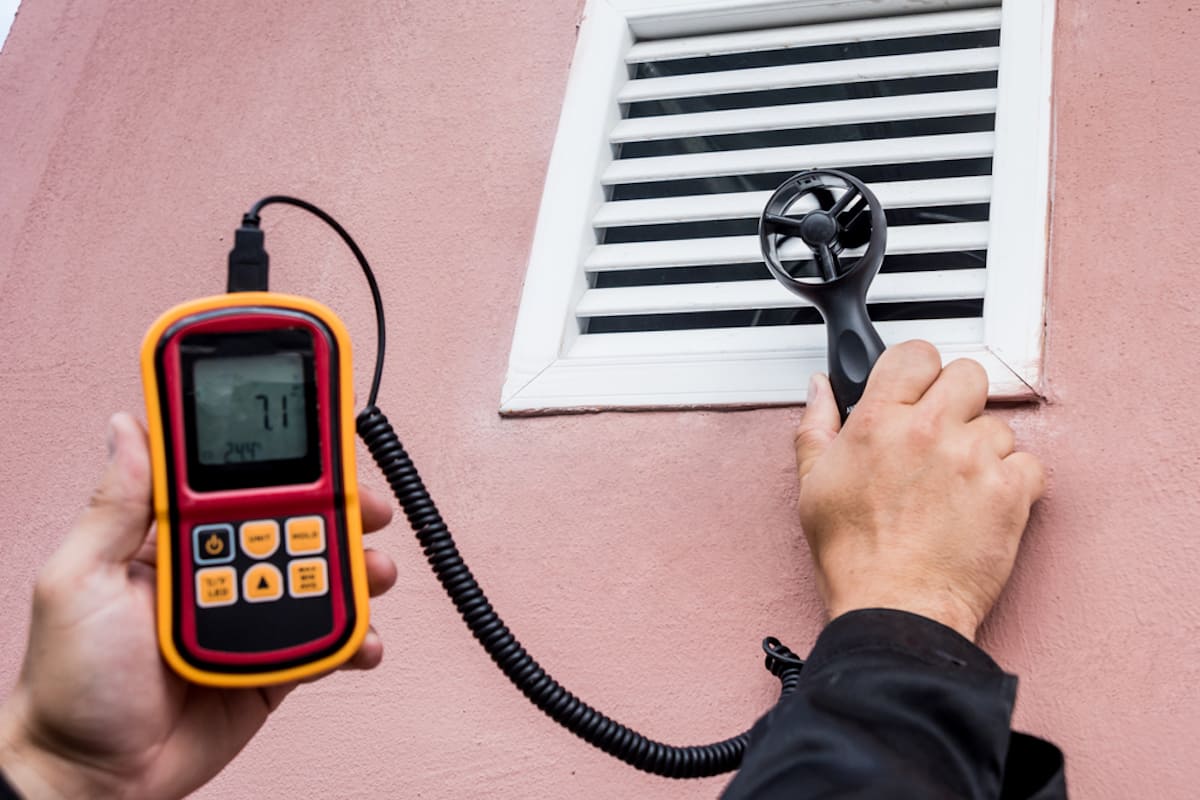
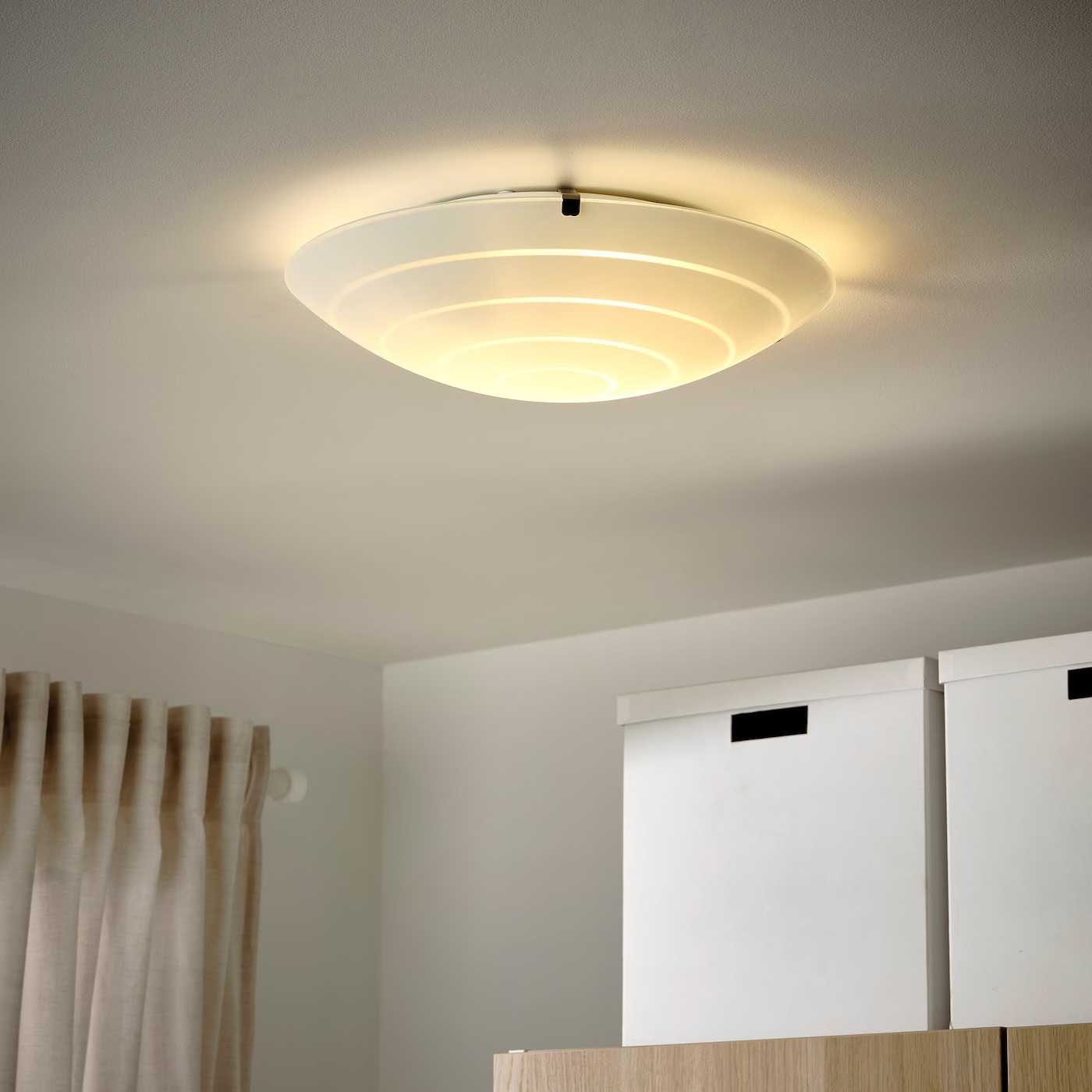

0 thoughts on “How To Measure For New Toilet”